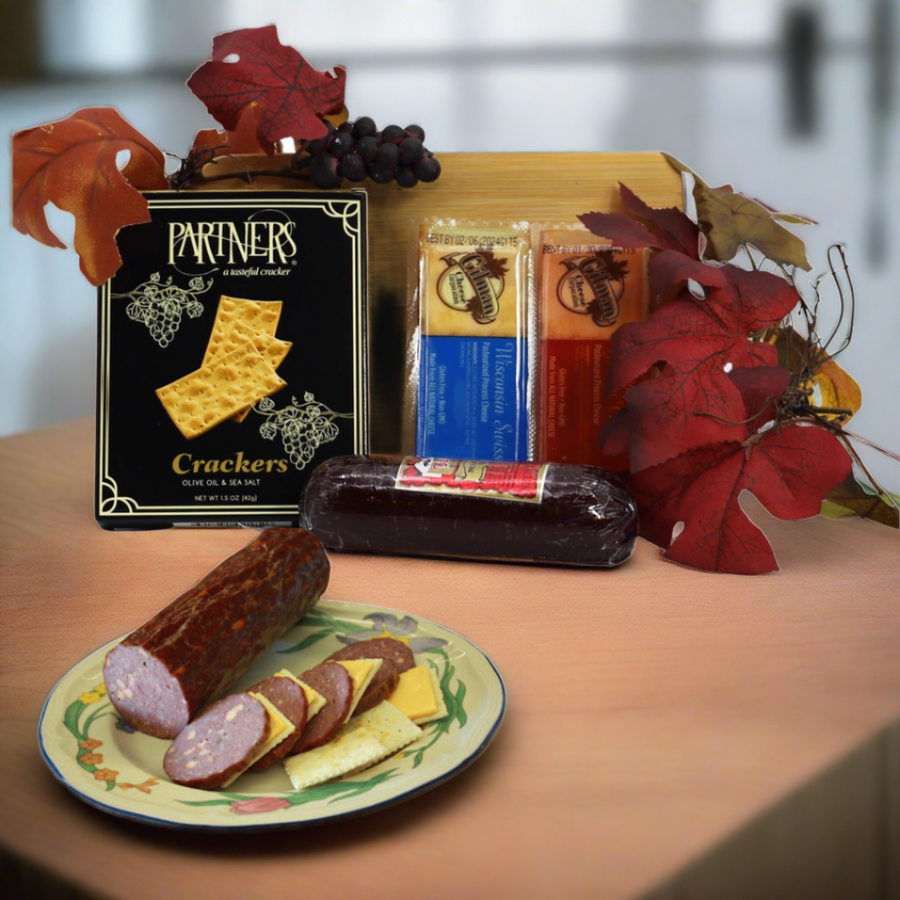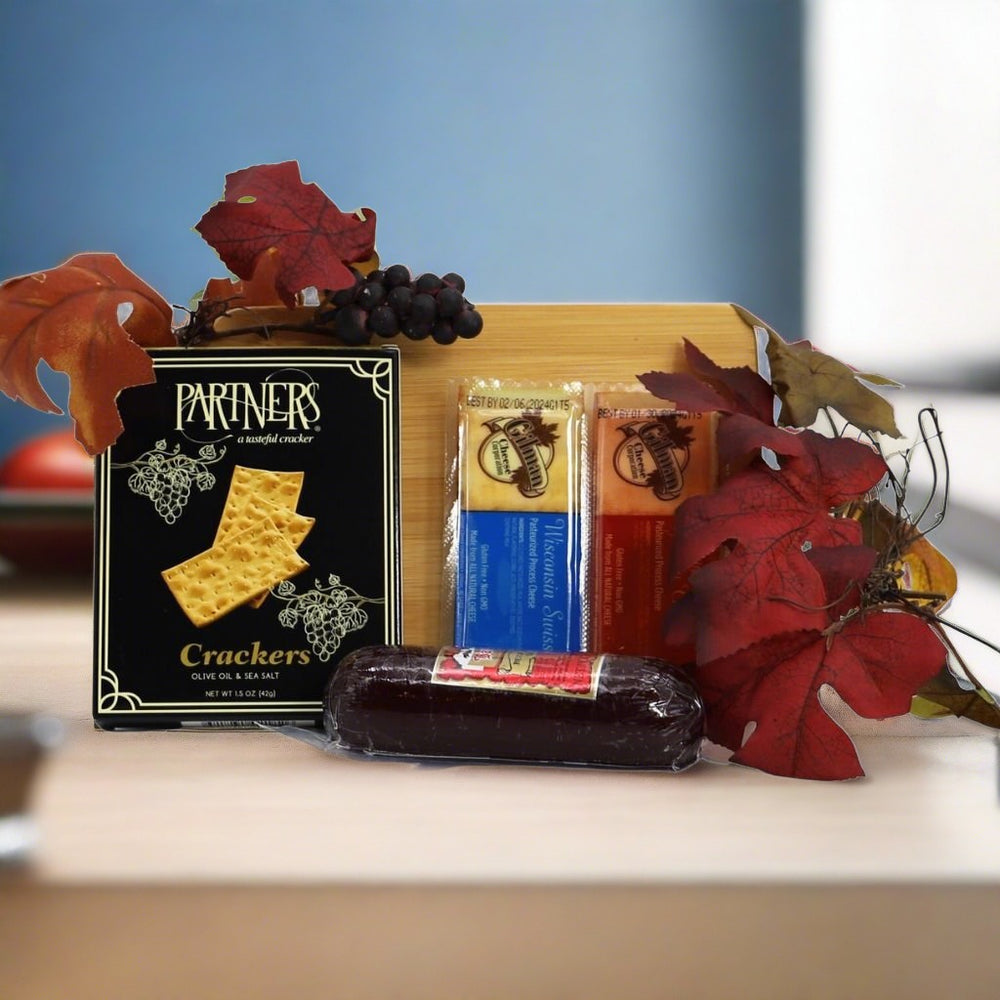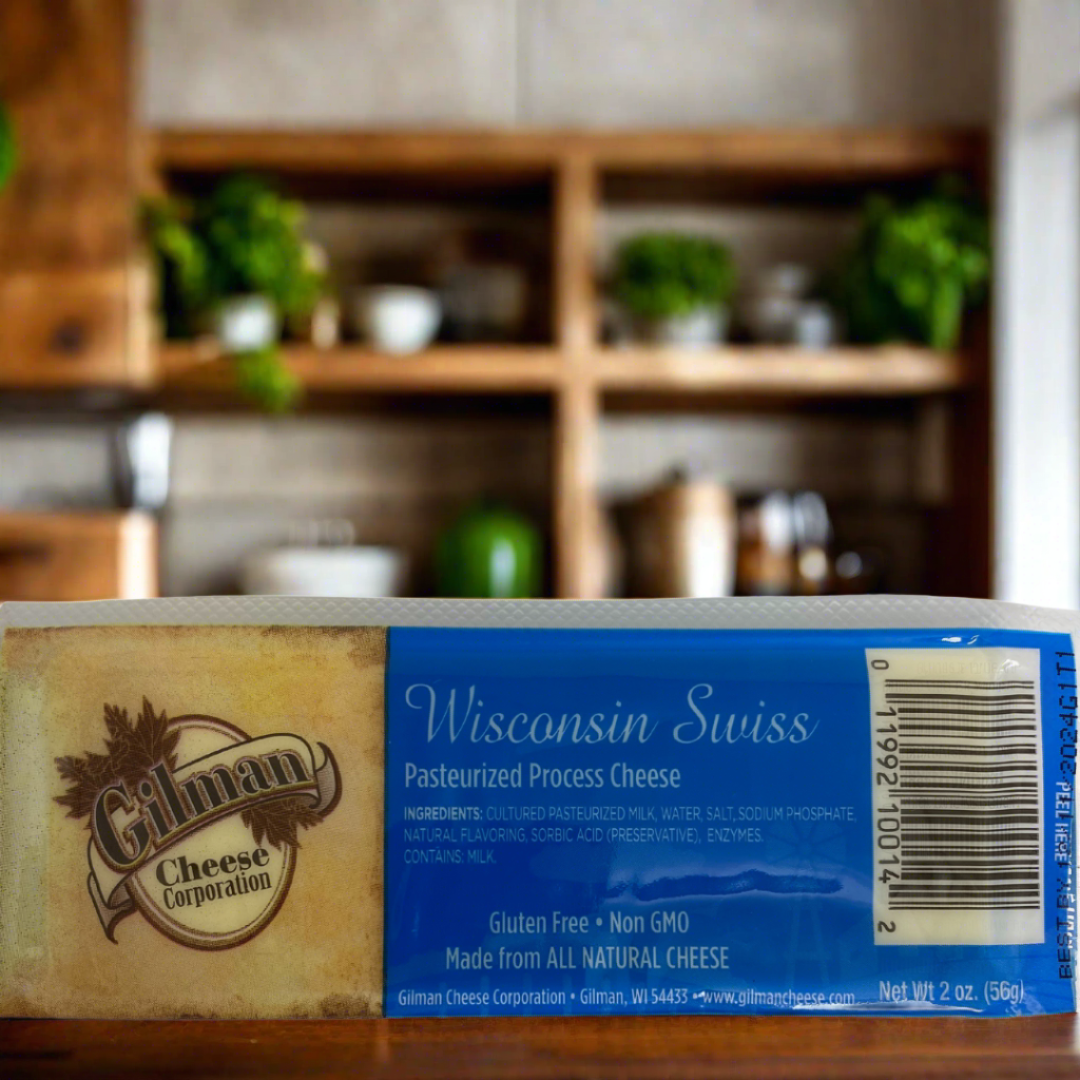Unlock the Secrets to Achieving Tender and Juicy Pork: Temperature Matters!
Are you tired of cooking pork that turns out dry and tough? Do you struggle to achieve that perfect tender and juicy texture? Look no further – we have the secret to your pork cooking success! The key lies in understanding why in cooking pork the internal temperature matters.
In this article, we will delve into the science behind achieving tender and juicy pork by mastering the art of temperature control. Whether you're grilling, roasting, or pan-frying, knowing the optimal internal temperature can make all the difference.
You'll learn the recommended temperatures for various cuts of pork, as well as the best cooking methods to maximize flavor and texture. With our expert tips and tricks, you'll be able to impress your guests with succulent pork dishes every time.
Don't let your pork be the unsung hero of your meal. Unlock the secrets to achieving tender and juicy pork by mastering temperature control. Get ready to elevate your cooking skills and satisfy your taste buds like never before.
Contents:
- The importance of cooking pork to the right internal temperature
- Understanding the different cuts of pork
- Recommended cooking pork internal temperature
- The dangers of undercooked pork
- Tools and techniques for measuring while cooking pork while monitoring internal temperature
- Tips for achieving tender and juicy pork
- Common misconceptions about cooking pork
- How to rest and carve pork for optimal results
- Conclusion: Mastering the art of cooking pork to perfection
The importance of cooking pork to the right internal temperature
The right temperature is crucial for both taste and safety reasons. Pork is a delicate meat that can easily dry out if overcooked or become a breeding ground for harmful bacteria if undercooked. Achieving the perfect temperature ensures that the pork is both safe to eat and incredibly flavorful.
When pork is cooked to the correct temperature, the collagen in the meat breaks down, resulting in a tender and juicy texture. This is especially important for cuts with higher fat content, as the fat renders and contributes to the overall succulence of the meat.
Understanding the different cuts of pork

Before we dive into the recommended temperatures, it's essential to understand the different cuts of pork. Each cut has its own unique texture and flavor profile, which means that cooking methods and temperature requirements may vary.
Some popular cuts of pork include:
1. Pork chops: These are bone-in or boneless cuts from the loin. They are known for their tenderness and can be grilled, pan-fried, or roasted.
2. Pork tenderloin: This is a lean and tender cut that is ideal for roasting or grilling.
3. Pork shoulder: Also known as pork butt or Boston butt, this cut is perfect for slow-cooking or smoking.
4. Pork belly: This fatty and flavorful cut is often used for making bacon or slow-roasting.
5. Pork ribs: Whether it's baby back ribs or spare ribs, these cuts are best cooked low and slow for tender and falling-off-the-bone results.
Understanding the characteristics of each cut will help you determine the best method and temperature for achieving tender and juicy pork.
Recommended cooking pork internal temperature
To ensure that your food is safe to eat and perfectly cooked, it's essential to know the recommended internal temperatures for different cuts. Here are the general guidelines:
1. Pork chops, pork tenderloin, and pork ribs: Cook to an internal temperature of 145°F (63°C). This will result in a juicy and slightly pink center.
2. Ground pork and sausage: Cook to an internal temperature of 160°F (71°C) to ensure all bacteria are killed.
3. Pulled pork and pork shoulder: Cook to an internal temperature of 195°F (90°C) for tender and easily shredded meat.
Remember that these temperatures are just guidelines, and personal preferences may vary. It's always best to use a meat thermometer to ensure accuracy.
The dangers of undercooked pork

Undercooked pork can pose serious health risks due to the potential presence of harmful bacteria, including salmonella and E. coli. These bacteria can cause food poisoning, resulting in symptoms such as nausea, vomiting, diarrhea, and abdominal pain.
It's crucial to cook pork to the recommended internal temperatures to ensure that all bacteria are killed and the meat is safe to consume. Don't take any chances when it comes to your health – always prioritize cooking pork thoroughly.
Tools and techniques for measuring while cooking pork and monitoring internal temperature
To achieve perfectly cooked pork, you'll need the right tools and techniques for measuring the internal temperature.
1. Meat thermometer: Invest in a reliable meat thermometer to accurately measure the internal temperature of the pork. Instant-read thermometers are convenient and provide quick results.
a. Insert the thermometer in the thickest part of the meat, avoiding any bones or fat. This will give you the most accurate reading.
b. Take multiple readings from different parts of the meat to ensure even cooking.
By using the proper tools and techniques, you can confidently cook your food to the ideal temperature, resulting in tender and juicy meat every time.
Tips for achieving tender and juicy pork
Achieving tender and juicy pork goes beyond just the right temperature. Here are some additional tips to take your pork dishes to the next level:
1. Brining: Brining involves soaking the pork in a saltwater solution before cooking. This helps to lock in moisture and enhance the flavor. For an extra kick, you can add herbs, spices, or even fruit juices to the brine.
2. Marinating: Marinating the pork before cooking adds flavor and helps to tenderize the meat. Choose a marinade that complements the flavors you want to highlight in your dish.
3. Resting: After cooking, allow the pork to rest for a few minutes before slicing or serving. This allows the juices to redistribute throughout the meat, resulting in a more tender and flavorful end product.
4. Slow-cooking: For cuts like pork shoulder or ribs, slow-cooking is the way to go. This low and slow method allows the collagen in the meat to break down, resulting in incredibly tender and succulent pork.
5. Searing: To add a delicious crust to your pork chops or tenderloin, sear the meat in a hot pan before finishing it in the oven. This will lock in the juices and add a beautiful caramelized flavor.
By incorporating these tips into your cooking routine, you'll be well on your way to achieving the most tender and juicy pork dishes.
Common misconceptions about cooking pork

There are several common misconceptions when it comes to cooking pork, and debunking them is essential for achieving optimal results. Let's address a few of these misconceptions:
1. Pink pork is undercooked: Contrary to popular belief, a slight pink hue in cooked pork is perfectly safe as long as the internal temperature reaches the recommended level. Overcooking pork can result in dry and tough meat.
2. Pork fat is unhealthy: While pork fat should be consumed in moderation, it adds flavor and moisture to the meat. When cooked properly, the fat renders and contributes to the overall succulence of the pork.
3. All pork needs to be well-done: Different cuts of pork have different ideal cooking temperatures. Cooking pork to the recommended internal temperature ensures both safety and optimal taste.
By debunking these misconceptions, you can approach cooking pork with confidence and achieve the best possible results.
How to rest and carve pork for optimal results
Resting and carving pork properly is just as important as the right temperature. Follow these steps for optimal results:
1. Resting: After removing the pork from the heat source, let it rest on a cutting board or plate for 5-10 minutes. This allows the juices to redistribute, resulting in a more tender and flavorful end product.
2. Carving: Use a sharp knife to carve the pork against the grain. This helps to further tenderize the meat and ensures each bite is tender and juicy.
Taking the time to rest and carve the pork properly will elevate your dish and guarantee a memorable dining experience.
Conclusion: Mastering the art of cooking pork to perfection
Cooking pork to the right temperature is the key to achieving tender and juicy results. By understanding the recommended cooking temperatures, using the right tools, and implementing the tips and techniques mentioned in this article, you'll be well on your way to becoming a pork cooking expert.
Don't let your pork be the unsung hero of your meal. Unlock the secrets to achieving tender and juicy pork by mastering temperature control. Get ready to elevate your cooking skills and satisfy your taste buds like never before. Happy cooking!
Latest Stories
10 Thoughtful Christmas Gift Basket Ideas Sure to Wow Your Loved ones
Our collection of 10 thoughtfully curated Christmas gift basket ideas is designed to make your shopping experience easier and more enjoyable.
10 Gift Basket Ideas for the Man in Your Life
Get ready to surprise and delight your special guy with a gift basket that's sure to make him feel loved.
10 Gift Basket Ideas to Elevate Your Holiday Gifting
In this article, we'll explore ten unique and creative gift basket ideas that will elevate your holiday gifting game.




















